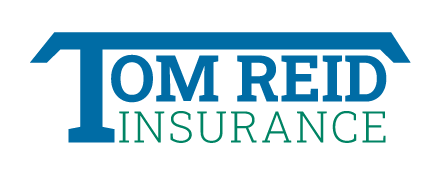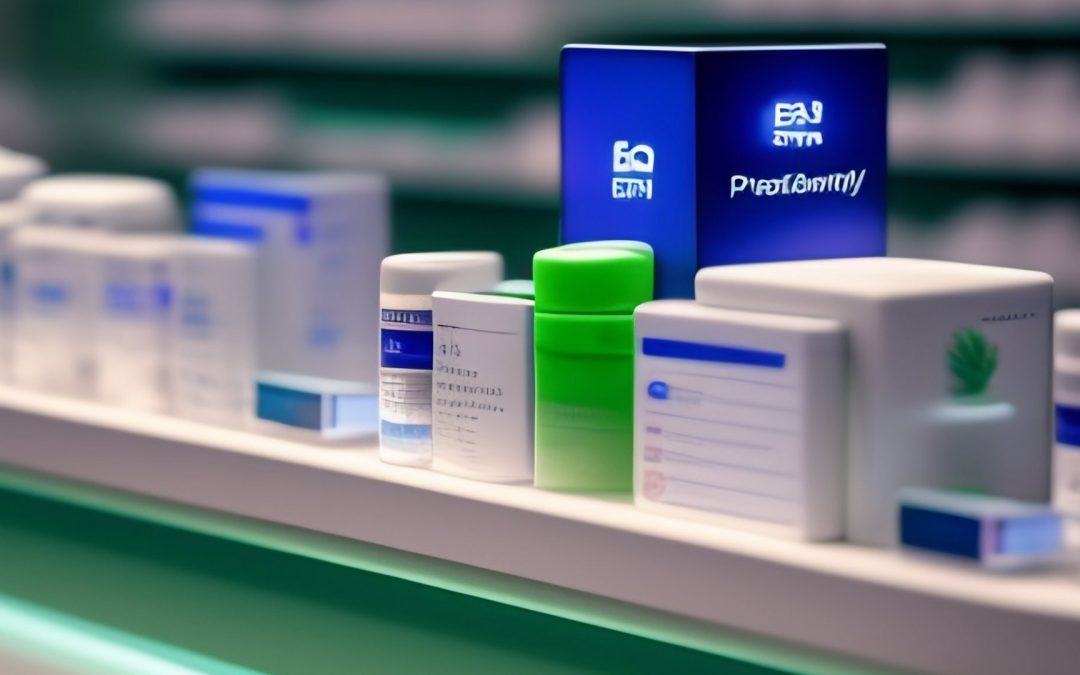When it comes to prescription drugs, many of us are faced with the choice between brand name and generic options. But what exactly is the difference between the two, and how can you make an informed decision about which one to choose? Here’s a breakdown of the key differences between brand name and generic prescription pharmaceuticals:
Active ingredients: Brand name and generic drugs both contain the same active ingredients, meaning they have the same therapeutic effect. The main difference is in the inactive ingredients, which can include fillers, binders, and dyes.
Cost: One of the biggest differences between brand name and generic drugs is cost. Brand name drugs are often more expensive than their generic counterparts, as they are developed and marketed by the original manufacturer. Generic drugs, on the other hand, are made by other companies after the original drug’s patent has expired.
Bioequivalence: Generic drugs are considered bioequivalent to their brand name counterparts, meaning they have the same quality, safety, and efficacy. Generic drugs must pass the same rigorous testing and meet the same standards as brand name drugs.
Availability: While most drugs have a generic option available, some drugs are only available as brand name options. Additionally, availability of certain generic options may vary depending on the location.
Formulations: Generic drugs are not always available in the same formulations as the brand name version. For example, a brand name drug may be available as a tablet, while the generic version may only be available as a capsule.
When it comes to choosing between brand name and generic prescription drugs, it’s important to consult with your healthcare provider and consider your individual needs and budget. In most cases, generic drugs are a safe and cost-effective option, but there may be certain situations where a brand name drug is necessary. Remember to always consult with a healthcare professional or a legal professional to ensure compliance with laws and regulations.

